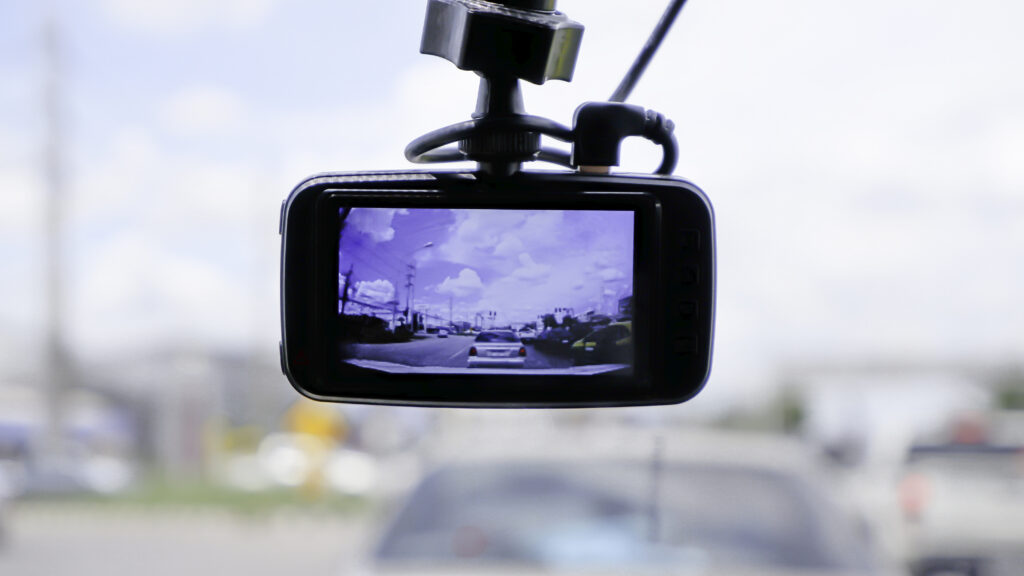[vc_row css_animation=”” row_type=”row” use_row_as_full_screen_section=”no” type=”grid” angled_section=”no” text_align=”left” background_image_as_pattern=”without_pattern” z_index=””][vc_column][vc_column_text]
When you are implementing journey management and travel risk assessment applications for your workforce, you want these applications to be hands-free.
Most industries that require their employees to drive as part of their job function already have a strict ‘no touchy touchy’ hands-free policy surrounding mobile devices.
Management knows that drivers using mobile devices puts them in dangerous situations and also places them at risk of being heavily fined or losing their licence altogether.
Journey management planning applications allow management to monitor the travel of their workers and send support if they don’t reach checkpoints on time.
But many of these journey management plans and applications involve the driver having to manually use their phone to SMS their position and status.
While there are usually policies in place that advise them to pull over and message while stopped, the option is still there for them to use their phone to check-in.
Journey Management System is an application that eliminates this risk by fully automating the process and making it completely hands-free.
By using GPS and the mobile/cell signal of the device, checkpoints are geotagged and alerts are automatically sent to management if the driver does not reach these checkpoints and fatigue management points on time.
That means no handling of mobile devices while driving at any point of the journey, making JMS the most complete and safe app on the market.
Which is vital not just for safety reasons, but because being caught with a mobile device in your hand while driving can land you in serious trouble.
Here are some of the penalties you could cop for using a mobile device in countries around the world:
Australia
State Governments are treating the issue of using mobile phones while driving very seriously.
Both Queensland and Western Australia have rolled out major penalties including $1000 fines and four demerit points.
In Queensland, if you are caught a second time you will lose your licence on the spot.
New South Wales is also rolling out world-first technology that uses cameras to detect drivers using mobile phones – even if they are holding them by their side or in other sneaky ways.
From March 1, 2020, drivers caught using their phones while driving in NSW will be slugged with a five demerit point penalty. This will balloon to 10 during double demerit point windows.
It is expected other states and territories will soon adopt these harsher penalties as well as the video technology to catch drivers in the act.
READ MORE:
The rise of travel risk management
The leading hazards in company travel
United States
Things get tricky across the 50 states of the United States, as each one has their own rules and penalties.
For example, in Arkansas, you are not allowed to make hands-free phone calls in school or highway work zones and there are age restrictions surrounding who can and cannot use their cell phones while driving.
In Florida, there are no restrictions at all.
But most states have blanket restrictions on the use of cell phones while driving with strong penalties if caught.
It is important to check the laws in every state you need to travel through as part of your company journey, but to be safe it is always best to just not touch your phone at all – ever.
Canada
Mobile phone use comes under the umbrella of distracted driving in Canada which is treated very seriously by all of the provinces.
The penalties in each province include:
- British Colombia: Fines of $368 and four demerit points. This includes using a mobile device that is docked to operate a map or change the song you are playing.
- Alberta: You face a $287 fine and three demerit points for any activities that are classed as distracted driving which means absolutely zero mobile device use. These laws even count personal grooming as a distraction and an offence.
- Saskatchewan: Laws have recently been changed and from February 2020 drivers using a mobile phone for any purpose now face a $280 fine and four demerit points.
- Manitoba: You can lose your licence on the spot for three days for first offences and seven days for a repeat offence. You will also be slugged with a $672 fine and five demerit points.
- Ontario: Fines of up to $3000 and the six demerit points
- Quebec: A blanket ban on all mobile phone use with $600 fines and five demerit points.
- New Brunswick: Unless it is an emergency situation, you will be fined $172.50 and hit with three demerit points.
- Nova Scotia: Penalties have recently increased to fines as high as $578.95 and four demerit points.
- Prince Edward Island: You can be fined up to a massive $1275 as well as four demerit points.
- Newfoundland and Labrador: The laws were changed in 2018 and now include fines up to $400 as well as four demerit points.
- Northwest Territories: The use of any device used to transmit or receive messages will land you fines of up to $644 and three demerit points.
New Zealand
In the land of the long white cloud, the demerit point system is a bit different from the rest of the world.
Drivers have a total of 100 points and will lose their licence when they are all lost.
If it is an emergency situation and there is no safe place to stop, then you can use a mobile device while driving.
Otherwise, you face a fine of $80 and 20 demerit points.
United Kingdom
Any mobile device – including satellite navigation units – are not allowed to be used while driving without the use of hands-free access.
The base penalty is a £200 fine and six demerit points, but you will lose your licence on the spot if you have only passed your driving test in the last two years.
The maximum fine also soars if you are driving a lorry or a bus, spiking to £2,500 while you may also face automatic disqualification from driving.
[/vc_column_text][/vc_column][/vc_row]





